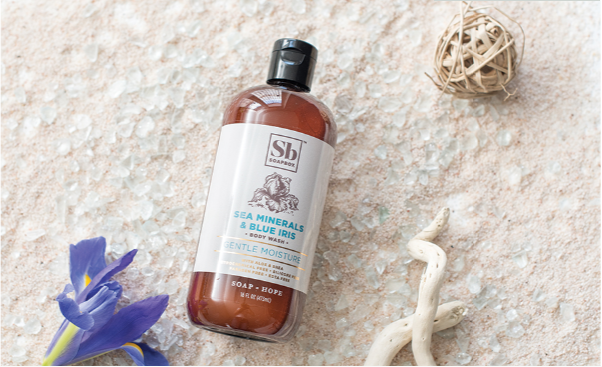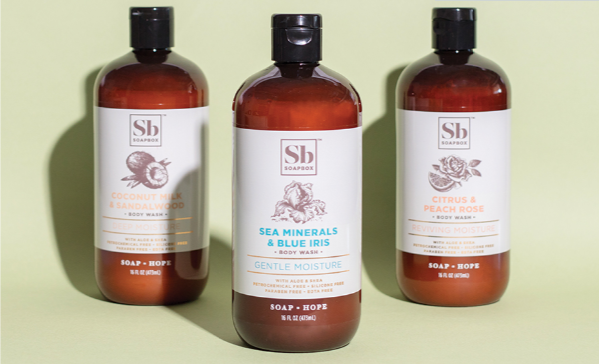The changing landscape of e-commerce packaging and the role closures play

Suppliers may need to work with a customer to understand the process and costs of using a polypropylene top that meets e-commerce testing.


Most of the designs Silgan Closures creates are new since their customers want unique solutions.
Take a minute and think about the last time you received a package in the mail. (It shouldn’t be too hard, it was probably yesterday.)
If you ordered something from Amazon or another online retailer, chances are you got a little of this, a little of that, maybe some shampoo, paper towels, glass cleaner and dishwasher detergent. Oh, and you splurged for a new set of kitchen towels.
The last thing you want to see when you open the box is that one of the liquids leaked, ruining the kitchen towels and your day alike.
It wasn’t that long ago when like products typically were shipped with like products to retailers rather than directly to consumers. Packaging often included extra cardboard or cardboard dividers, and the boxes would travel on a pallet, preventing leakage.
About 10 years ago, in large part to reduce costs or extra charges from the likes of Amazon, a transition began. Today’s on-demand lifestyle has changed the game for brands, retailers and companies like ours — the ones behind ensuring products that not only provide an enjoyable and engaging experience, but also products that don’t break, leak or malfunction upon shipment to your door.
The Challenges We Face
When designing closures for some of the world’s biggest brands, the biggest challenge we must overcome when it comes to e-commerce is ensuring our designs can withstand the impact of being shipped. The second challenge is leak protection.
When customers open their package, they want the dispensers to work the way they’re designed to work. And, as mentioned, leaks are a drag.
Most of the designs we create are new since our customers want unique solutions. Because of that, our designs need to be approved to withstand rigorous shipping conditions. For Amazon, that means outside testing by Amazon-approved labs, which are examining the function not only of the closure, but also the overall package, the shape and the size.
Testing typically takes a month assuming everything goes well. When it doesn’t go as planned, we go back to the drawing board to review what worked and what didn’t and determine why it didn’t hold up to the numerous drop tests. Including the back and forth with clients and the time it takes to make adjustments and re-test the closures, it easily can take three to four iterations to get everything just right.
The Trends
Over my more than 25 years in the industry, there have been plenty of changes. One thing we’re seeing more of now is clients pushing for more lightweight, sustainable and cost-effective designs. In short, we balance a lot of competing issues.
Customers need to be educated on the various options. What’s their appetite for risk? What’s more important, lightweight or e-commerce? It’s essential that we understand their goals up front.
Take for example a flip-top part on a shampoo bottle. Suppliers may need to work with a customer to understand the process and costs of using a polypropylene top that meets e-commerce testing. While that cap needs to be able to be opened and closed effectively over several weeks, it also needs to be immune from the impact of shipping. Other design features may need to be introduced, such as a liner inside the cap. Or we may need to adjust the opening force — the goal is to master a design that is simple for the consumer to use day after day, but that is also strong enough to not open in the box during shipment.
It’s clear that sustainability is here to stay. We’re constantly testing more and more options with recyclable and renewable materials. With our plastic packaging, customers are pushing us by asking if we can make closures more recyclable or utilize as much PCR (post-consumer resin) as possible. One way we’re doing so is designing closures that are the same material as the bottle to make sure the whole container can be recycled.
Another trend we’ve seen in different categories, such as fragrances, that is taking hold in more household products is premiumization. Companies are seeking a unique look, one that stands out when a consumer opens their package, one that pops on a store shelf. Custom packaging and unique functionality, complete with optimum features, constantly are on customers’ minds to help their brands stand out.
What’s to Come?
The home care laundry industry is getting involved in a more intentional way, and more beauty and personal care brands are pushing the boundaries. Consumers are driving brands to deliver household products that look appealing, function appropriately and drive satisfaction. It’s our job to ensure they do all that — and arrive at your doorstep safe and sound.
(Source:packagingstrategies)















 沪公网安备 31010702006282号
沪公网安备 31010702006282号